Hurricane Beryl one year on: A wake-up call for disaster preparedness in the Caribbean
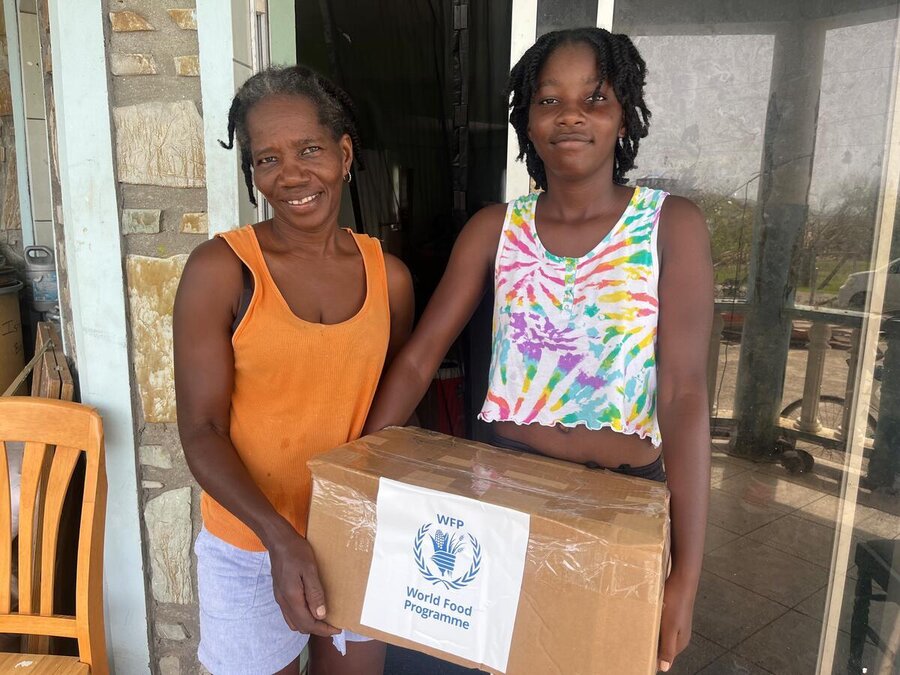
Roofs torn off, boats and cars overturned, power lines downed – Hurricane Beryl swept through the Caribbean in early July 2024, leaving destruction in its wake. In Saint Vincent and the Grenadines and Grenada, up to 98 per cent of the infrastructure was damaged by the category-5 storm, the earliest ever recorded in the region.
Winds of up to 240 km/h left 60,000 people in urgent need of assistance. “The early arrival of Beryl was exceptional,” says Andrew Jackson, Head of Supply Chain for the World Food Programme (WFP) in Barbados.
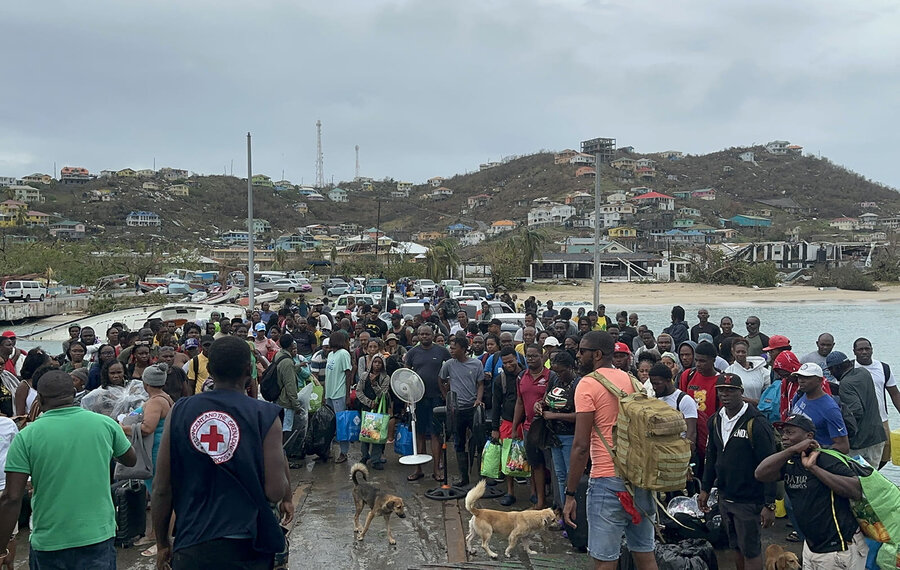
“We track systems forming in the mid-Atlantic, and as they get closer, forecasts become more precise. In Beryl’s case, the hurricane underwent rapid intensification, resulting in a multi-island hit.”
WFP had people and supplies in motion before the impact; emergency teams were forward-deployed to Grenada, Saint Vincent and the Grenadines, and Jamaica, which experienced widespread power outages.
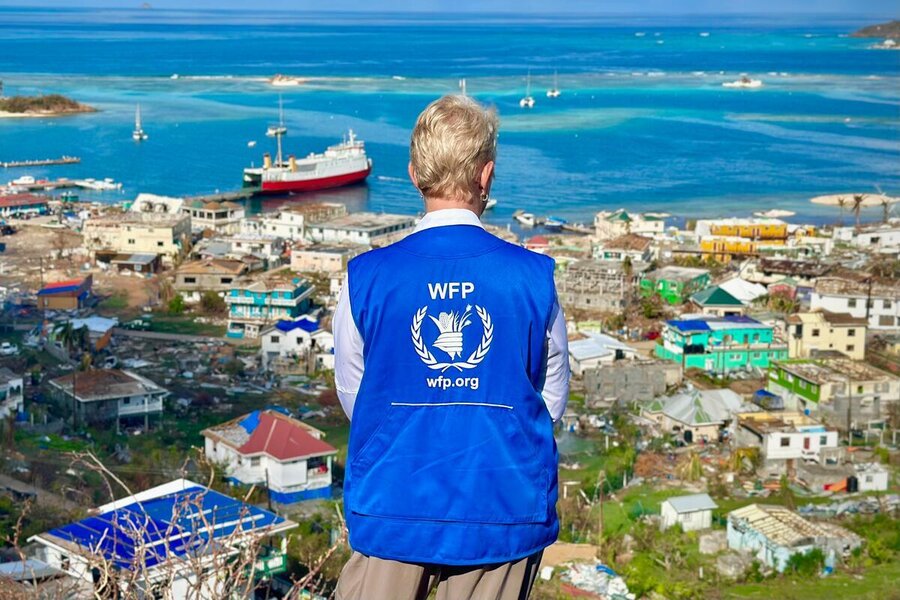
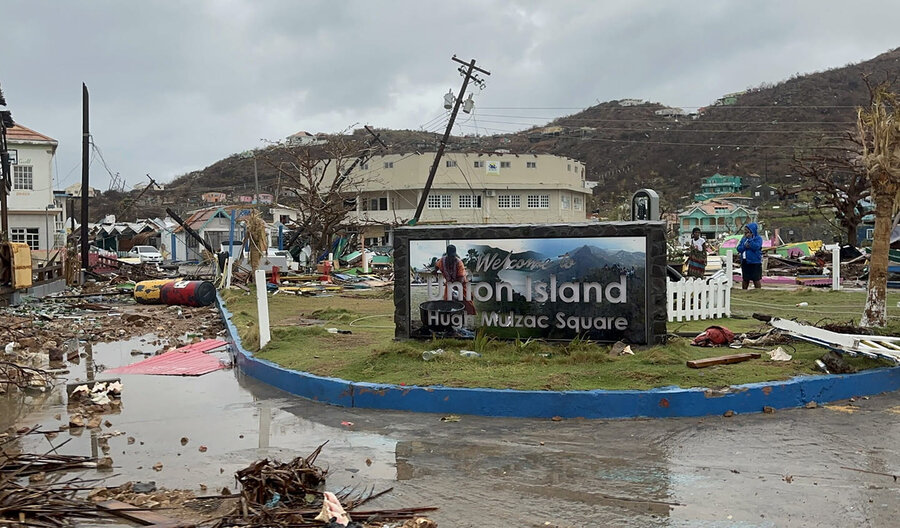
WFP maintains “standby contracts” with sea vessel operators and has long-established relationships with port authorities, says Jackson. “That means when a disaster hits, we’re not starting from scratch – we’re already on the start line.”
Barbados, typically outside the hurricane belt, avoided the worst of Beryl – but its fishing communities were hit hard as the storm battered its shores. Jackson, for his part, embedded with the Caribbean Disaster Emergency Management Agency (CDEMA) at its emergency operations centre “on day one”.
“We coordinated closely to assess needs, avoid duplication, and ensure the response was as efficient as possible,” he says. “In the hours after landfall, we were in constant contact with governments. Thanks to pre-positioned stocks, we could respond quickly.”
Within days, WFP food kits reached the affected communities, each containing ten days’ worth of staples, including tuna, peas, beans, rice, oil, and corned beef. Pre-positioning has proved key. “It cut lead times by up to ten days,” Jackson notes. “Shipping into the Caribbean from Europe, Latin America, or the US can take time, especially with infrequent shipping routes and limited port capacity.”
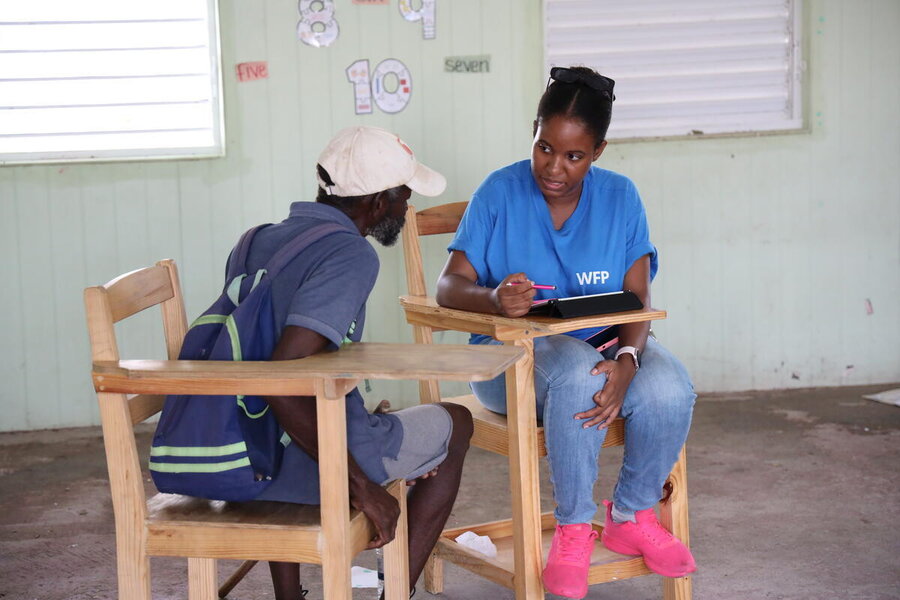
It’s also costly. “Logistics can account for up to half the total cost of landed goods,” he explains. “So if we can avoid expensive air freight by pre-positioning during quieter times, we achieve major savings.”
Over the past year, Barbados has emerged as a key hub for delivering aid quickly. Ahead of Beryl, WFP and its partners had already pre-positioned supplies from UN agencies and NGOs on the island, allowing food and other relief items to be shipped to hard-hit islands within days.
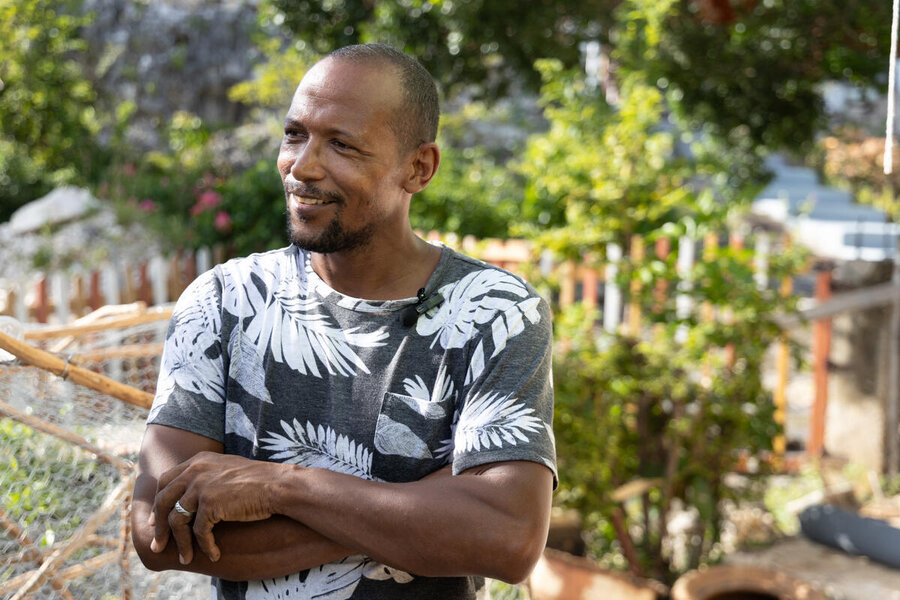
To bolster that life-saving capability, in May WFP joined forces with the Government of Barbados and CDEMA to launch the Caribbean Regional Logistics Hub. The aim is for critical supplies to reach communities within 72 hours of a disaster.
Requests from governments and local authorities trigger WFP support. In the context of the Caribbean, “that might mean setting up a sea bridge, deploying trucks or forklifts, or helping manage a warehouse”. Through close collaboration, “the idea is to fill gaps, not duplicate efforts.”
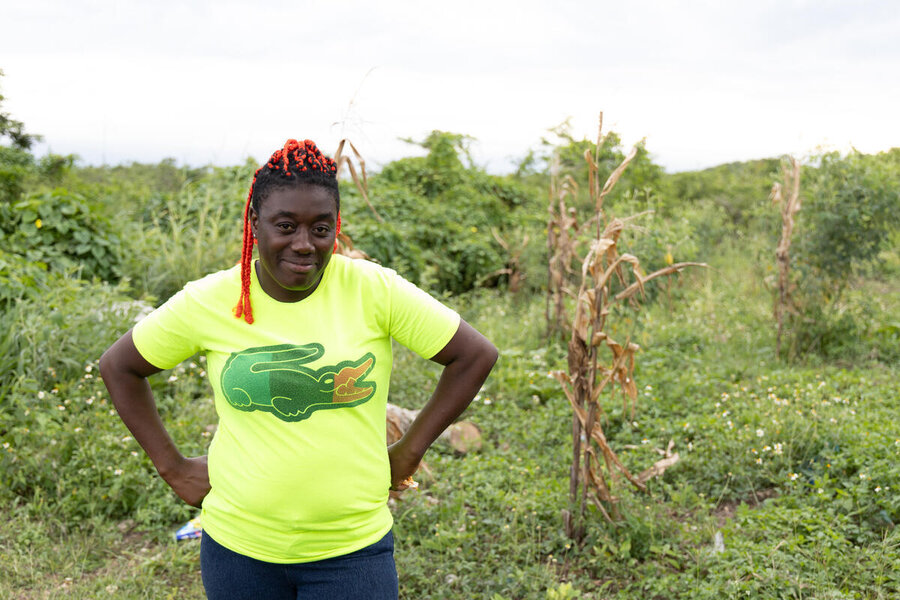
As the key liaison, the CDEMA enables swift action during emergencies. WFP supports governments in shifting essentials, such as tents, hygiene kits and medical supplies. “We work through governments and local agencies,” says Jackson to make sure responders have what they need to reach people fast. The private sector plays a role too. Thanks to an agreement with a major supermarket in Barbados, for instance, WFP could tap into 5,000 ready-packed food kits – enough to feed 15,000 people for nearly two weeks.
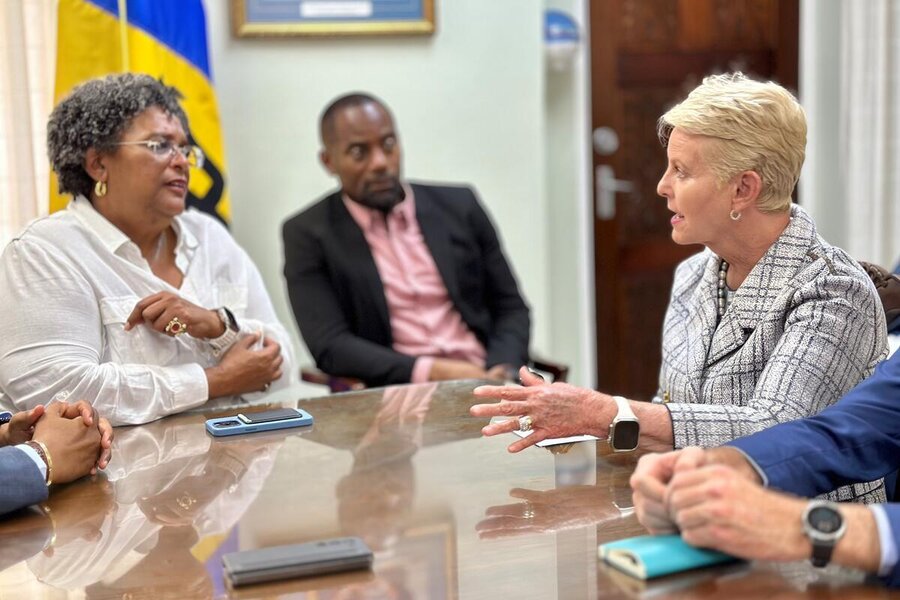
And it wasn’t just formal systems that sprang into action. “The Caribbean has a big sailing community,” Jackson says. “After Beryl, yacht owners – known as ‘yachties’ – formed a flotilla and ferried supplies between islands.”
Launched in 2018, WFP’s Barbados office supports 22 countries and territories across the Caribbean. When disaster strikes, the team mobilises people, equipment and supplies – always in coordination with national governments and local responders.
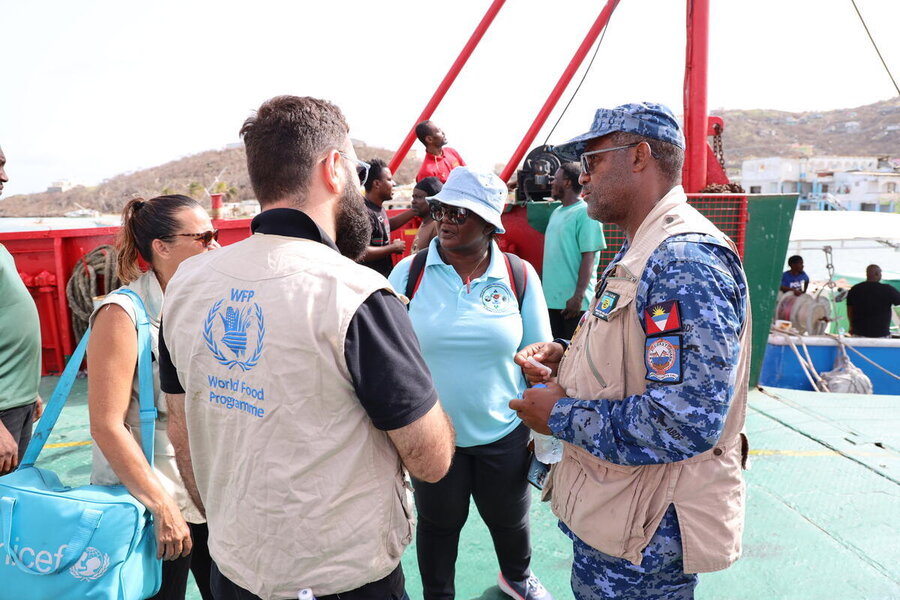
As storms grow stronger, WFP is investing in early warning systems, preparedness, and long-term recovery. Hurricane Beryl served as a wake-up call for humanitarian agencies to enable communities to recover more quickly, building resilience before the next storm hits. It also brought home the importance of being prepared. “We’ll never stop these storms,” Jackson says. “But we can make sure that when they come, we’re not scrambling – we’re already moving.”
WFP Caribbean’s work on emergency preparedness including the construction of the logistics hub is made possible through support from the European Union, the Government of Canada, The Church of Jesus Christ of the Latter-Day Saints, the US Government and World Food Program USA.
